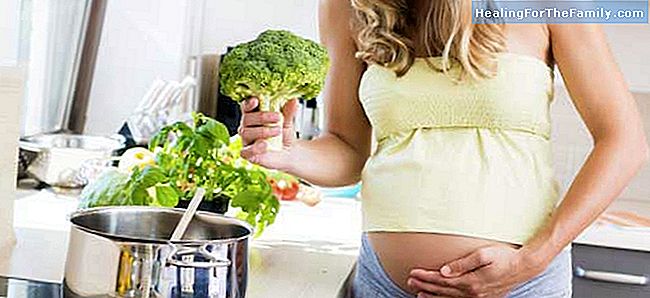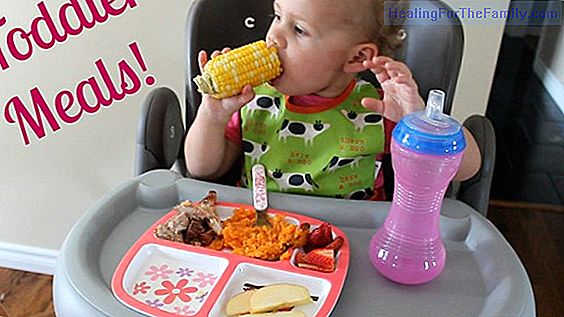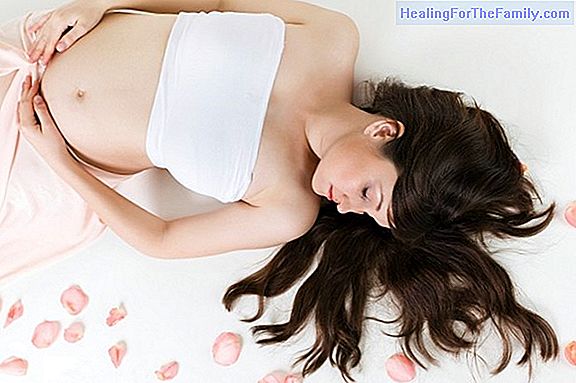The importance of iron in pregnancy
In a woman's life, there are times when the risk of anemia is significantly increased. Specifically, during pregnancy, this risk is quite high. The main reason that iron stores may be compromised during pregnancy is the increase in blood volume that the woman's body suffers, given that, in addition
In a woman's life, there are times when the risk of anemia is significantly increased. Specifically, during pregnancy, this risk is quite high.
The main reason that iron stores may be compromised during pregnancy is the increase in blood volume that the woman's body suffers, given that, in addition to the blood itself, the placenta and the fetus have their own blood circulation .
Iron helps prevent anemia in pregnant women

Lack of iron causes anemia, whose most frequent symptoms are fatigue and weakness. Unfortunately, it is not easy to detect, especially in pregnancy, since its first symptoms, such as pallor, tiredness and drowsiness, or cold sensation, which appear when reserves are already low, can be confused with natural symptoms or usual pregnancy.
The iron in food is classified into two types:
- Organic: organic iron is known as heme iron, since it is part of the heme groups in hemoglobin, myoglobin, etc. Heme iron is found exclusively in foods of animal origin, while non-heme iron can be found both in foods of animal origin and of vegetable origin, being the only iron present in the latter. The difference between both types of iron is that heme iron is easier to absorb by the body, so its use is much greater than non-heme iron.
- Inorganic: Non-heme iron is absorbed in a proportion lower than 5%, compared to the possible 25% that is absorbed from the heme iron provided with the diet. To increase the efficiency of absorption, non-heme iron should be combined with foods rich in vitamin C in the same intake, such as oranges, peppers, broccoli, tomatoes ...
Sources of iron in pregnancy
- Red meats and their derivatives, chicken in addition to fish and seafood.
- They are a source of iron do not hemo vegetables, in particular green leafy vegetables such as Swiss chard, cabbage, asparagus, endive, spinach, chicory, or peas, legumes, some cereals and nuts, in addition to artificially fortified foods . Interestingly, the egg, although it is not vegetable, does not have heme iron instead of iron heme.
As for foods that can hinder the absorption of iron, such as caffeinated beverages, dairy products or foods rich in calcium and fiber, it is best not to eat them in the same food as iron foods so they do not hinder their absorption .
The iron supply must be balanced, and fortunately, it is practically impossible to provide iron in excess only with the diet. In this way, obtaining a satisfactory contribution of iron with the diet, which is perfectly possible, should not be necessary the use of supplements, whose iron as well as being of low absorption, tends to produce constipation and abdominal discomfort, not advisable in the pregnancy, a time in which, by itself, these symptoms usually appear frequently.












